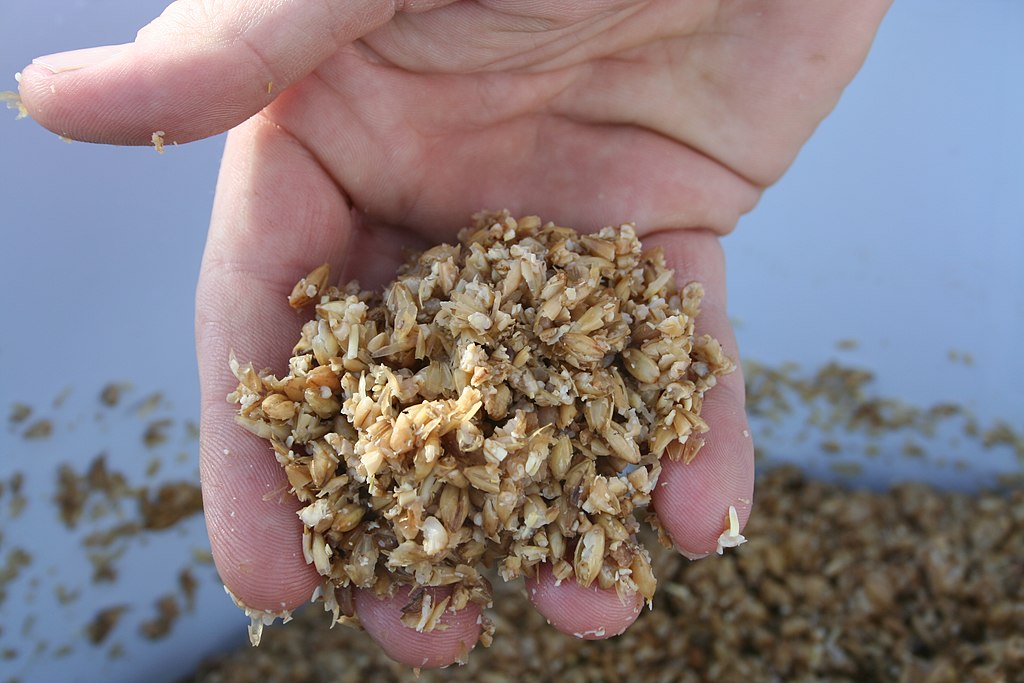
30 Oct Spent grains as an ingredient in food applications
Spent grains remain after the extraction of wort from malt in beer production. In The Netherlands 0.5 million tons of spent grains are produced annually.
The composition
Spent grains mainly contain seed husk, pericarp, and chaff of the sprouted barley. These are composed of cellulose, arabinoxylans, proteins, lignin, lipid, and minerals. The fibre fraction of spent grains consists mainly arabinoxylans.
The spent grains are also rich in polyphenols, with a high concentration of ferulic acid.
The amounts in spent grains are considerable and so it has potential as a source of dietary fibre and protein.
The application
Large quantities of spent grains are obtained in beer brewing and are predominantly used as animal feed.
However, spent grains could also be applied as a high-quality ingredient in food preparation. Consumers would then benefit from its healthy properties – fibre and protein.
Spent grains are already applied in the preparation of bread and baked products. As an ingredient they also have potential to replace animal proteins in existing food products.
Taking advantage of the potential
Keep Food Simple and MaGie Creations have started to co-operate to optimise the technological, nutritional and health properties of spent grains.
The aim is to use the spent grains as a “whole” ingredient, i.e., without fractionation.
The project
Fibres in spent grains are present in crystalline, amorphous, and soluble forms. To improve their technological functionality and nutritional value, our activities are focused on enzymatic modification of the fibre. This can be done by reducing the molecular weight via controlled enzymatic degradation. Keep Food Simple and MaGie Creations are also looking into the benefits of converting the fibre to (arabino)xylo-oligosaccharides.



